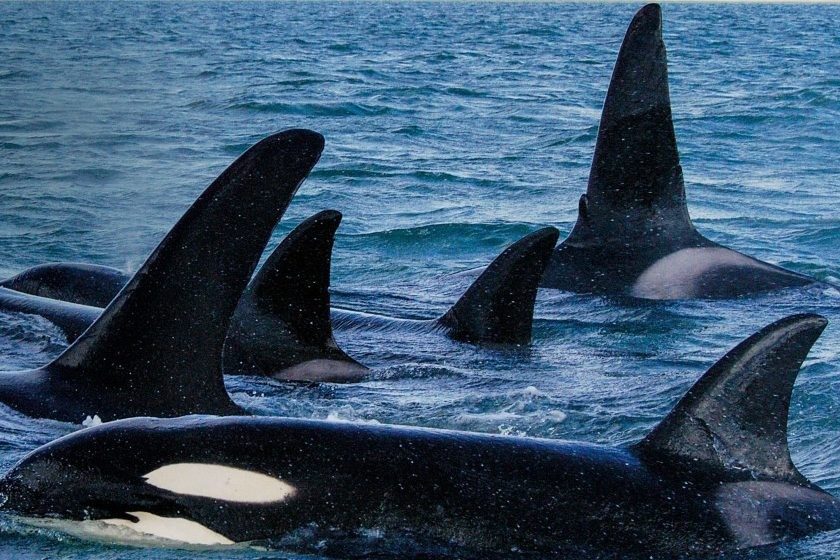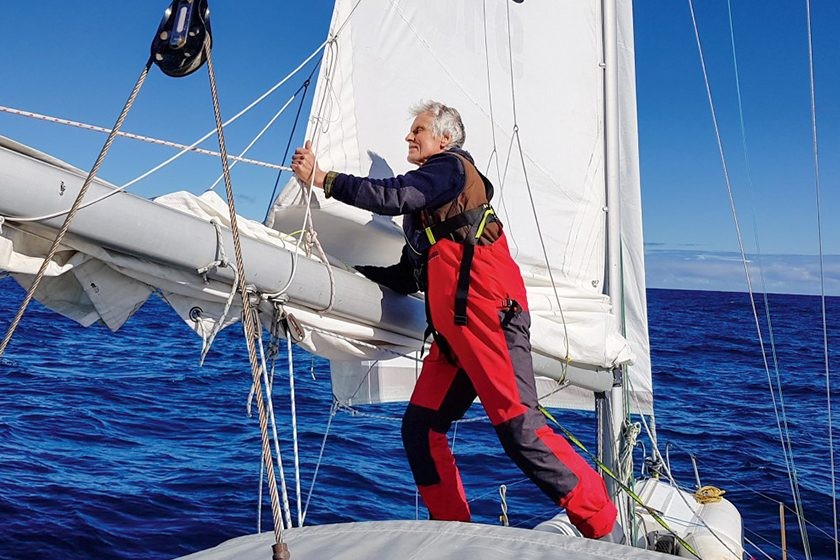Black Foils
Inspired by New Zealand’s sporting excellence, the Black Foils signify a bold new chapter for the team.
Amokura ready for ITM New Zealand SailGP
The boat has also undergone a full electronic and hydraulic refit to replace componentry damaged due to electrical surge.
Speaking for orca
Spend ten minutes talking with Dr Ingrid Visser and you’ll want to save every orca in the ocean.
Escaping lockdown
Everyone dealt with Covid lockdown’s cabin fever last year in different ways. Mike Delamore took off on a solo circumnavigation of New…





